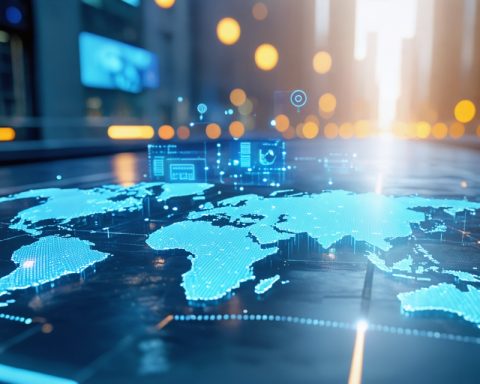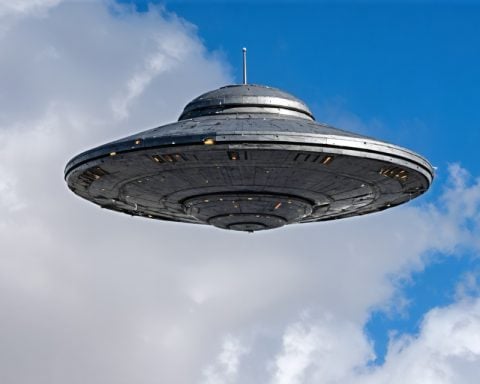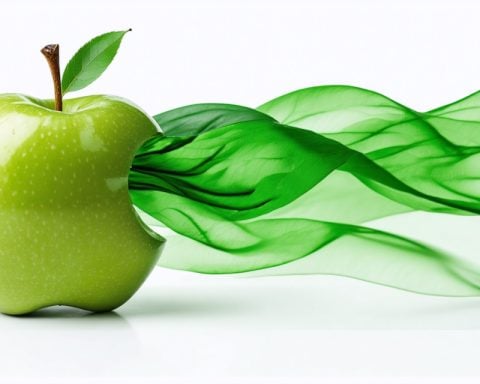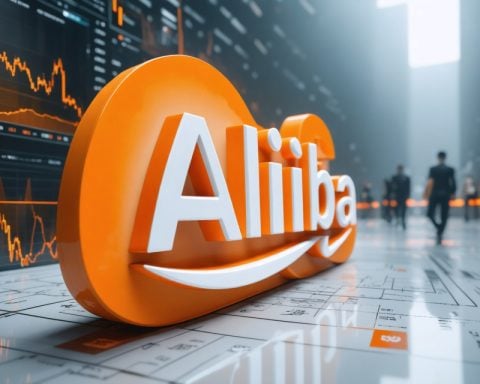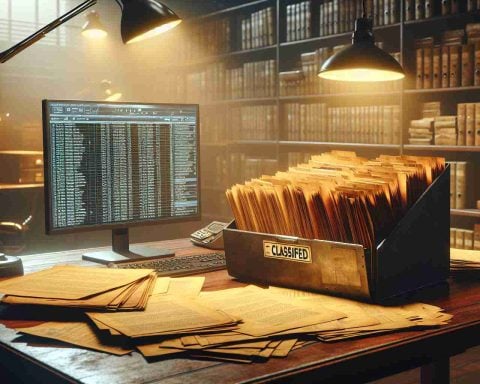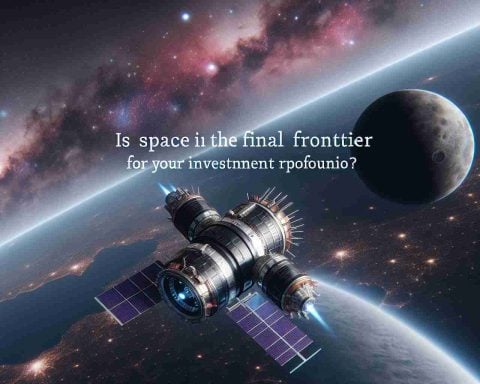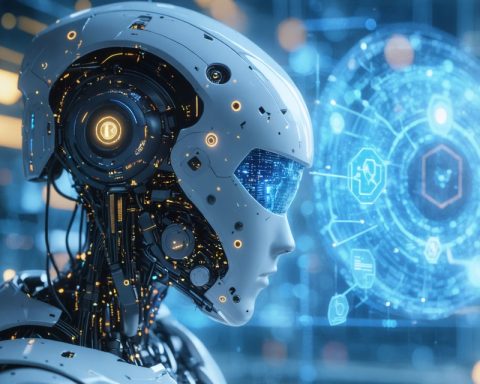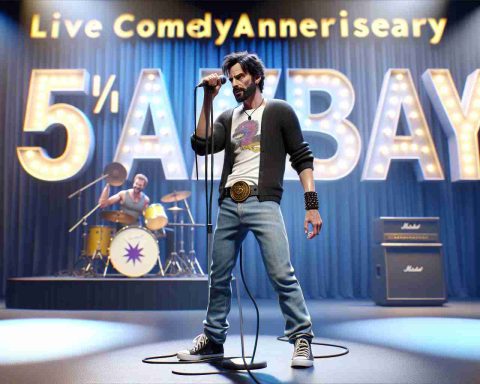- The UFO crash video in Arizona, a viral sensation, was actually a digital creation by artist SYBERvisions using AI tools.
- This incident highlights both the creative potential and risks of misinformation associated with AI-generated content.
- Viewers are reminded of the importance of critical thinking and verifying information before sharing online.
- The situation raises ethical questions about the value of human creativity and the responsibilities of digital creators.
- There’s an urgent need for improved digital literacy to combat misinformation in the digital age.
A mesmerizing video depicting an alleged UFO crash site in Arizona recently captivated social media, drawing countless viewers into a world of mystery and intrigue. The footage, filled with scenes of hazmat-suited individuals inspecting a mysterious craft alongside military personnel, seemed too extraordinary to be true — and indeed, it was.
What appeared to be groundbreaking evidence of extraterrestrial activity was in reality the work of gifted digital artist SYBERvisions. Leveraging advanced AI tools like Midjourney, the artist created visuals so strikingly realistic they blurred the line between fact and fiction, showcasing the incredible possibilities of technology and imagination.
The viral spread of this digital masterpiece underlines the dual-edged nature of AI-generated content. While it pushes creative boundaries, it also amplifies the risk of misinformation, enticing viewers to share before verifying authenticity. Enthralling millions, the video serves as a stark reminder of the need for critical thinking in today’s digital landscape.
For social media users, this incident highlights the importance of discernment. Before you hit ‘share,’ consider the source and seek confirmation from reliable fact-checking resources. The ability to critically engage with digital content is essential in a world where technology shapes and sometimes deceives our perceptions.
As AI technology propels digital art into uncharted territories, society must grapple with ethical questions, such as the value of human creativity and the responsibility of creators. The tale of this viral UFO video not only demonstrates the allure of digital innovation but also underscores the urgency for digital literacy as a defense against the proliferation of misinformation. In this rapidly evolving digital era, questioning and verifying what we see is more crucial than ever.
Stunning UFO Video Revealed as Digital Art: The AI Frontier’s Impact on Reality
What Are the Benefits and Risks of AI in Digital Art?
Pros:
– Creativity Expansion: AI tools like Midjourney enable artists to explore new realms of creativity, producing artwork that can evoke emotions and provoke thought.
– Production Efficiency: AI can significantly reduce the time needed to create complex graphics and simulations, giving artists more time to focus on conceptual development.
– Unprecedented Realism: AI allows for the creation of hyper-realistic images that blur the lines between reality and fiction, pushing the boundaries of what’s possible in digital art.
Cons:
– Misinformation Spread: As demonstrated by the viral UFO video, hyper-realistic AI-generated content can easily be mistaken for real events, leading to widespread misinformation.
– Authenticity Issues: The proliferation of AI art raises questions about the authenticity and originality of art, potentially undermining traditional artistic values.
– Dependence on Technology: Over-reliance on AI might stifle genuine creativity and lead to homogenized art styles.
How Can Society Combat Misinformation from AI-Generated Content?
– Promote Digital Literacy: Educate the public on how AI-generated content is created and the importance of questioning and verifying information before sharing.
– Fact-Checking Platforms: Encourage the use of reliable fact-checking resources to discern the authenticity of sensational content.
– Encourage Ethical Standards: Establish guidelines for creators to clearly label AI-generated content, allowing audiences to appreciate the art form without mistaking it for factual events.
What Are the Future Trends and Innovations in AI-Driven Digital Art?
– Interactive Art Installations: AI is being used to create immersive art experiences that engage viewers in novel, interactive ways.
– Personalized Art Creation: AI advancements may lead to systems where users can generate custom artworks that reflect their tastes and preferences.
– Cross-Discipline Creations: Artists are combining AI tools with other technologies, such as augmented reality and blockchain, to develop innovative projects that challenge conventional art forms.
For more insights into AI technologies, consider visiting OpenAI and Adobe, leaders in creative software that shape today’s digital art landscape.
In a world where digital content can both inspire and deceive, remaining vigilant and informed is essential. Embracing the benefits of AI in art must be balanced with the responsibility to mitigate its risks.







